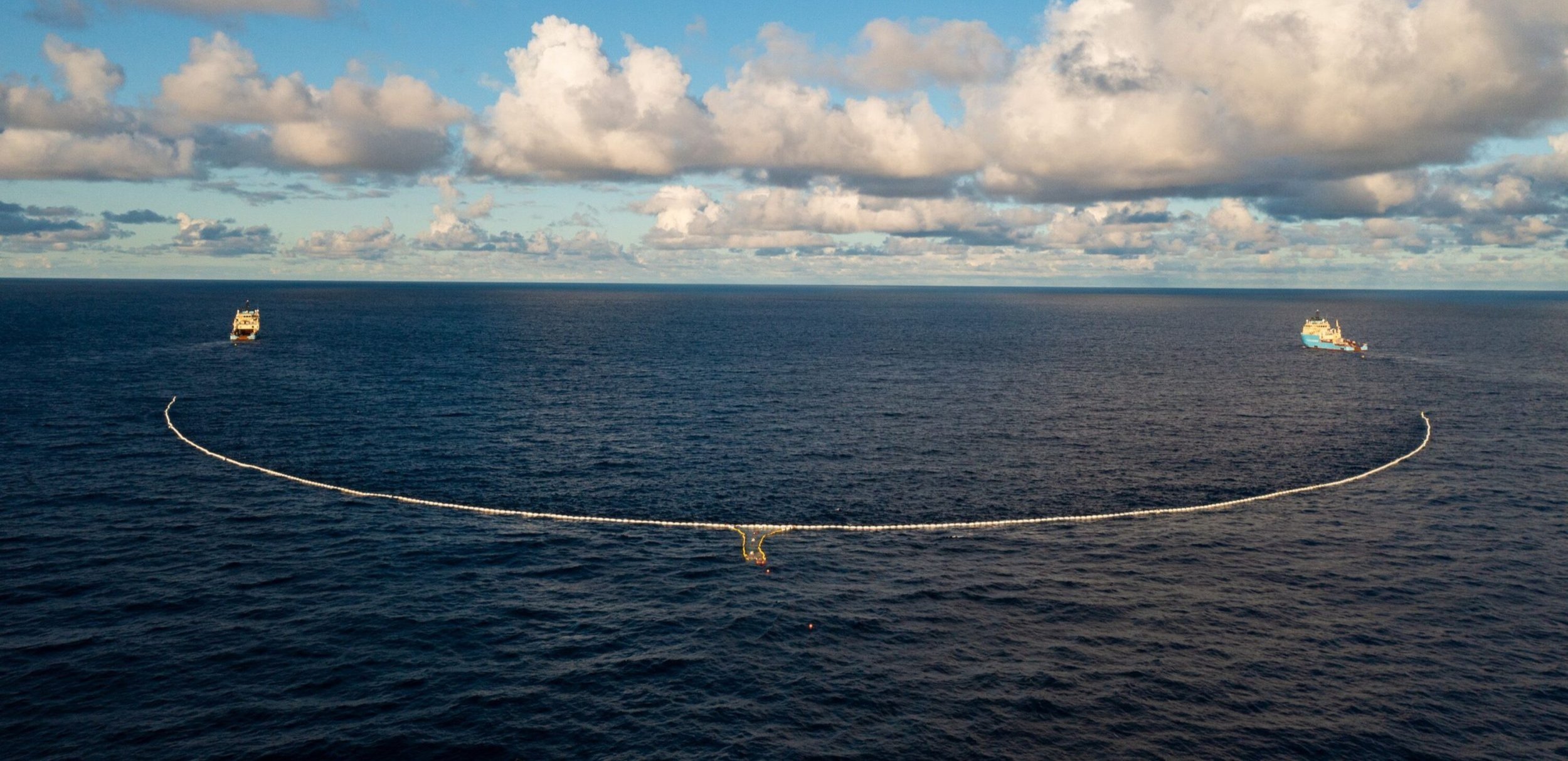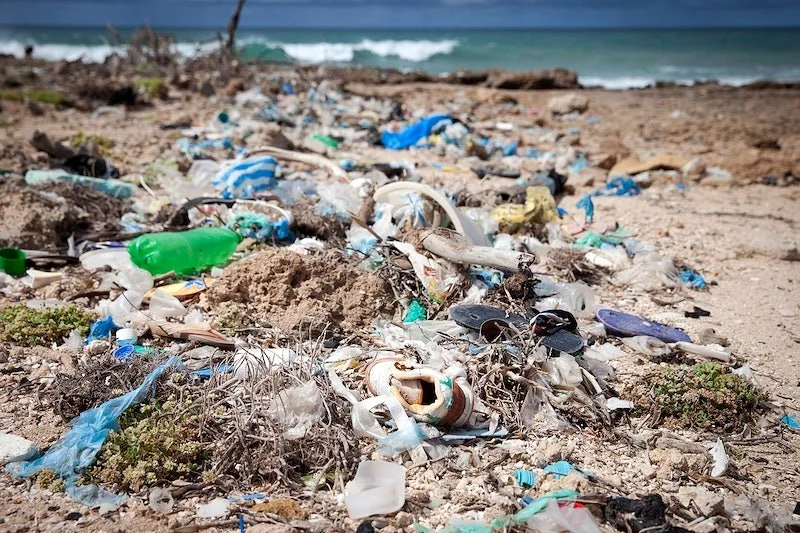
Supporting The Ocean Cleanup project
The state of our ocean
Trash accumulates in 5 ocean garbage patches, the largest one being the Great Pacific Garbage Patch, located between Hawaii and California. About 80% of the debris comes from land-based activities in North America and Asia. Plastic bags, bottle caps, plastic water bottles, fishing nets, and Styrofoam cups make up a majority of the debris. While many different types of trash enter the ocean, plastics make up the majority of marine debris for two reasons.
Plastic’s durability, low cost, and malleability mean that it’s being used in more and more consumer and industrial products. Plastic goods do not biodegrade but instead break down into smaller pieces. Almost all the plastics are micro plastics that are not visible to the human eye. They are intermingled with larger pieces of plastic like shoes and fishing gear. In the ocean, the sun breaks down these plastics into tinier and tinier pieces, a process known as photodegradation. Scientists have collected up to 750,000 bits of microplastic in a single square kilometer of the Great Pacific Garbage Patch—that’s about 1.9 million bits per square mile.
Marine debris can be very harmful to marine life in the gyre. For instance, loggerhead sea turtles often mistake plastic bags for jellies, their favorite food. Albatrosses mistake plastic resin pellets for fish eggs and feed them to chicks, which die of starvation or ruptured organs. Seals and other marine mammals are especially at risk. They can get entangled in abandoned plastic fishing nets, which are being discarded more often because of their low cost. Seals and other mammals often drown in these forgotten nets—a phenomenon known as “ghost fishing.”
Marine debris can also disturb marine food webs in the North Pacific Subtropical Gyre. As microplastics and other trash collect on or near the surface of the ocean, they block sunlight from reaching plankton and algaebelow. Algae and plankton are the most common autotrophs, or producers, in the marine food web. Autotrophs are organisms that can produce their own nutrients from oxygen, carbon, and sunlight.
If algae and plankton communities are threatened, the entire food web may change. Animals that feed on algae and plankton, such as fish and turtles, will have less food. If populations of those animals decrease, there will be less food for apex predators such as tuna, sharks, and whales. Eventually, seafood becomes less available and more expensive for people.
Support The Ocean Cleanup
The Ocean Cleanup was founded by Dutch inventor Boyan Slat based on a high school science project he started when he was 17 years old. Now, into its 5th year, The Ocean Cleanup develops technology with the goal of cleaning up 90% of the Pacific Ocean, the largest effort in history. The clean-up systems are innovative. It has a floater which looks like an outstretched arm that carries a rigid net underneath it that directs the trash towards a collection system. The Ocean Cleanup has been recognized internationally and Boyan Slat has been acknowledged as a significant innovator of our times.
You can support The Ocean Cleanup by donating to them. Check out their website, donate page, and their products all made from recovered plastic!
Sources:
https://www.theoceancleanup.com
https://www.nationalgeographic.org/encyclopedia/great-pacific-garbage-patch/

